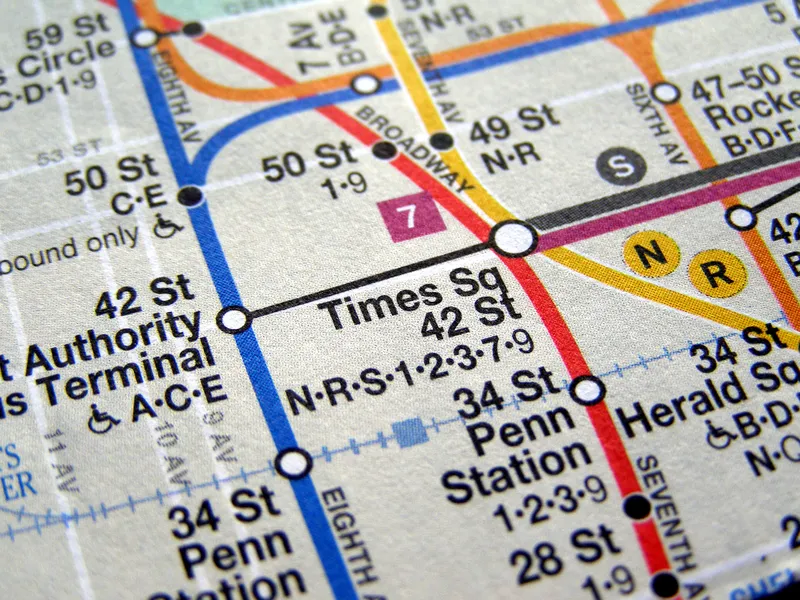Innocorp’s new iPhone app Intoxicheck leads users through a simple set of before and after reaction, judgment and memory challenges so drivers clearly see how impaired they are in an effort to stop drinking and driving. Because it works on a smartphone, users have convenient access to the new iPhone app anywhere.
March 23, 2012
Read time: 1 min
Intoxicheck, which gives people a reality check about how buzzed they are, is research-based and works by comparing results from a series of challenges users take while sober to results they get after drinking.
"By taking a series of reaction, judgment and memory challenges before drinking, you establish a baseline of sober performance that you can compare to your performance on those same challenges after drinking,” said Deb Kusmec of Innocorp. “In field tests of Intoxicheck under controlled conditions, the new iPhone app provided a reasonably accurate assessment of a person's impairment level."









